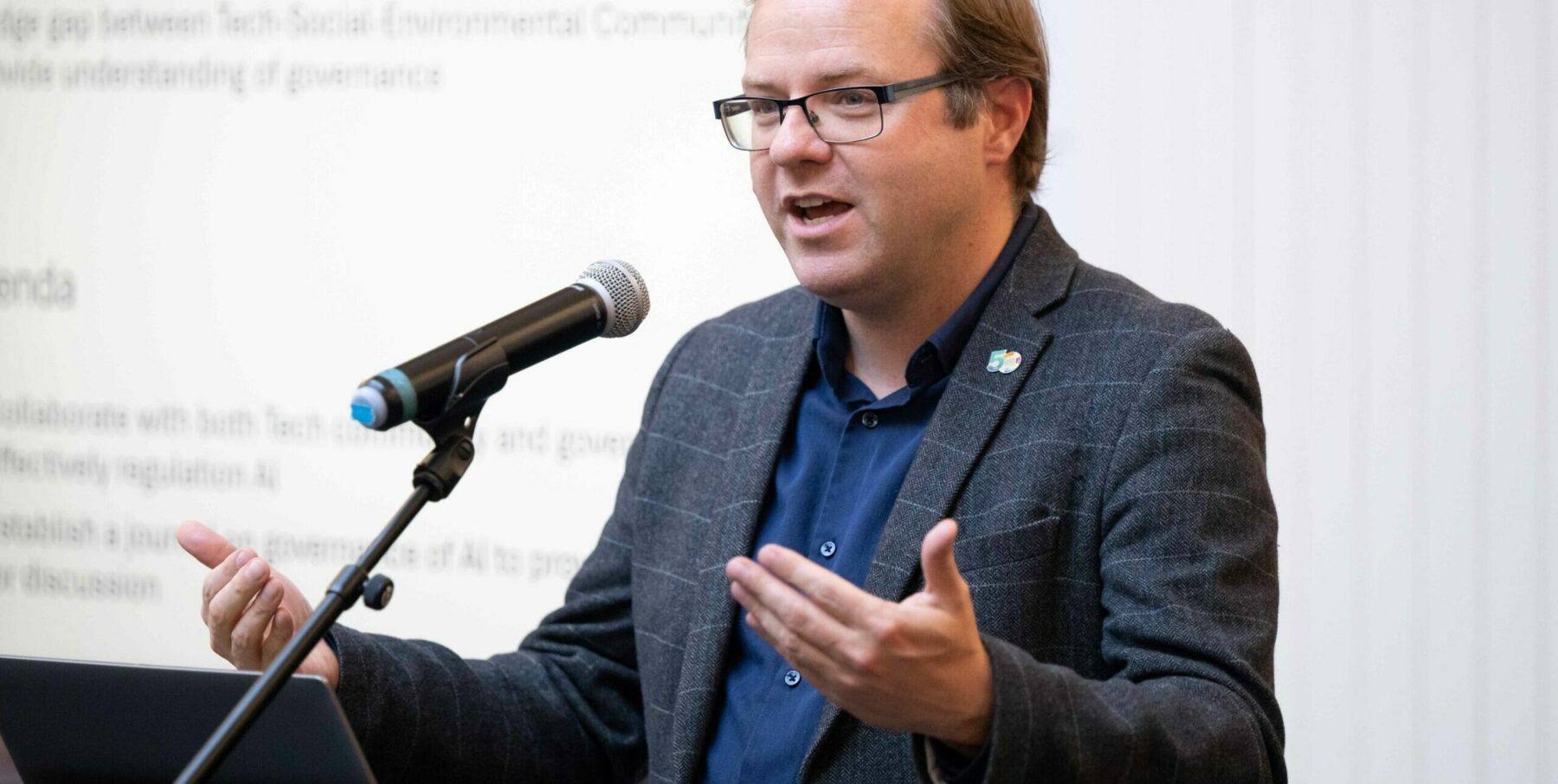“Rather than giving instructions, instill in people dreams and get them to imagine”
Benjamin K. Sovacool’s latest article explores how scientists create bright visions of the future – and warns how we can all too easily be blinded by them.
Recommendations for constructing visions
- Connect your vision to a contemporary social problem that can ground it in a genuine discussion about desirability and feasibility.
- Recognise where the meaning of a particular technology is still open to contestation and debate. Such recognition can create an open space for alternate visions.
- Tell a good story. This more thoughtful and careful crafting of visions may also involve not trying to create a vision yourself, but working with those trained in the arts, humanities, social sciences or creative writing.
The promise and peril of sociotechnical visions of the future
‘The promise and peril of sociotechnical visions of the future’, published this week in Nature Reviews Physics, asks the reader to consider the importance of imagining the future. In his comment piece, Professor Sovacool explores the complexity of visions, including what they can do for good. He offers advice about how to both construct and use, and deconstruct and critique, these sociotechnical visions.
From nuclear energy to flying cars
Drawing on examples from nuclear energy to flying cars, Professor Sovacool uses past imaginings of today’s society to caution against potential downsides of visions. These include risks like leading policymakers astray by overexaggerating the benefits of new technologies, such as was the case with nuclear energy, which never fulfilled scientists’ high expectations.
The article outlines three recommendations for deconstructing visions to avoid these issues:
- Beware of ‘future tense’ thinking, sacrificing the present to attain an unrealistic future. Instead ask hard questions in the present.
- Beware of technological evangelism, in which advocates zealously support their single solution, and downgrade and dismiss any evidence to the contrary. Instead look at real and prospective services, risks and benefits neutrally.
- Recognise hype cycles: advances tend to go through a peak in expectations, then plummet into a trough of disillusionment, before eventually giving rise to a range of somewhat more modest applications.
Professor Sovacool advises “Rather than giving instructions, instil in people dreams and get them to imagine.” This approach to innovation has numerous advantages, which allow scientists to:
- Map a possibility space by identifying plausible alternates and the means to reach them
- Reveal problems that need to be resolved for a vision to be realised
- Enable identification of stable frames for target setting
- Specify metaphors and relevant symbols, narratives or moralities that make up communities
- Attract resources to coordinate and focus action.




